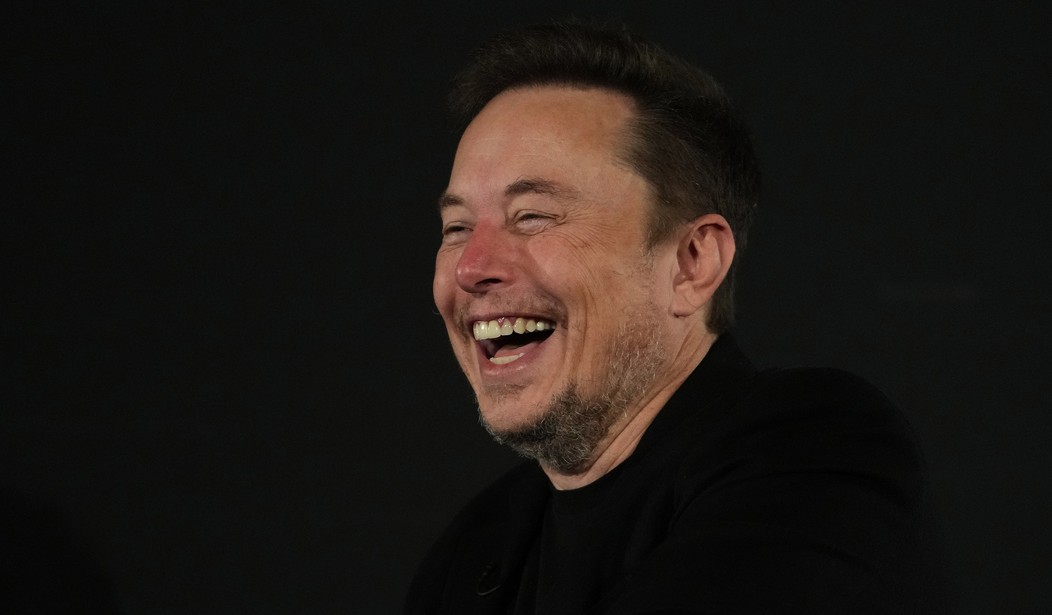Elon Musk said Sunday that SpaceX is just three years from sending its Starship — the biggest, most powerful rocket ever — to Mars.
And the unofficial countdown begins in about one month.
The SpaceX CEO held a five-hour-long livestream on Sunday, complete with directly answering questions from the live chat. Musk revealed more interesting information during that time than most CEOs do during their entire tenure but perhaps none more interesting than his ambitious timeline for getting to Mars, building a self-sustaining human colony there, and the radically capable spaceship tasked with making it happen.
ASIDE: I still believe that, at least for now, space habitats make much more sense for off-world living than trying to terraform Mars. But I don't have the world's most advanced and ambitious rocket company and Elon Musk does.
If you haven't been following my columns on Starship development, I'll give you a quick rundown on the first four flight tests.
In April 2023, the goal of Integrated Flight Test-1 (IFT-1) was, as Musk put it, "to clear the launch tower." IFT-1 not only cleared the launch tower but the first stage (Super Heavy) engines were so powerful that they blew up the launch pad. The debris knocked out several engines, and the rocket was remotely destroyed before reaching orbit.
We had to wait seven months for IFT-2. That flight tested Starship's new hot-staging separation, the first stage's boost-back burn, and the heavily reinforced new launch pad. Despite another RUD, IFT-2 hit all its goals.
IFT-3 flew in March — just a five-month wait! — with a more ambitious flight profile that included getting the second stage into orbit. Also tested was the first stage's ability to relight its engines for landing. Another test passed.
Just three months passed before IFT took off on June 6. You can read full coverage here, but the upshot is that IFT-4 proved that both stages can not only launch but also land for reuse.
In each IFT, flaws were found and corrected.
Recommended: From Cars to Star Wars, We're Not Buying What They're Selling
Musk said Sunday that IFT-5 will be ready to fly in one month, including stronger heat tiles. But the only way to make a Mars colony economically feasible is through rapid reuse. Imagine a launch vehicle far more powerful than the Apollo program's Saturn V that isn't just reusable but could be turned around for its next flight in hours.
A Space Shuttle was lucky to fly two missions in a year. Musk hopes to fly each Starship twice a day. That's where costs come down to perhaps as low as $2 million, and a ticket to space will be about the same as first-class on a flight to Europe or the Far East.
That's where Mechazilla comes in.
#StarshipCatching #SpaceX @elonmusk @ErcXspace
— TijnM (@m_tijn) August 13, 2021
Animation of what catching starship via Mechazilla might look like! pic.twitter.com/QTihSdluFY
Now that IFT-4 proved that Super Heavy can land, IFT-5 will test whether Super Heavy can be caught in a pair of massive chopsticks built into the Mechazilla launch tower.
If it works, someday soon Super Heavy will launch the Ship into orbit and, five minutes later, will be right back on the same launch pad, ready for a quick inspection and refuel. A returning second stage will also get moved into position by Mechazilla, placing it neatly atop an available Super Heavy.
SpaceX pioneered reusable rockets with Falcon 9. Now they're going to automate it.
Musk says three years to Mars, but I say that Musk tends to be a bit (let me be generous with my word choice) optimistic with his timelines. Like the old joke — Brazil is the superpower of the future... and always will be — Tesla's genuine full-self-driving mode is always just one or two software updates away.
Yet I still might place a modest bet — say, $100 — that SpaceX reaches Mars before NASA gets back to the Moon. Whoever wins the race, the countdown begins in about a month.










Join the conversation as a VIP Member